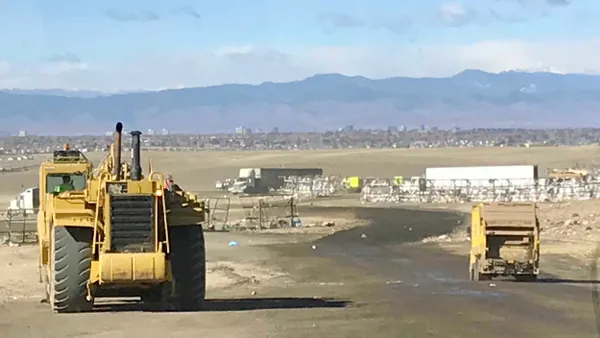Dive Brief:
- An existing landfill on Hawaii's island of Kauai may be rapidly nearing capacity if the island cannot implement recycling programs that will guide it to a 70% waste diversion rate by 2020. Currently, Kauai's recycling rate is only 45%.
- If Kauai can soon gear itself for 70% waste diversion, then the Kauai landfill should stay active until mid-2026, when the county will close it for $15 million. However, if recycling programs are not implemented, the landfill will reach capacity much sooner and the island's 81,000 tons of annual waste will be without a burial ground.
- Kauai officials are working quickly to secure funding for a new landfill, which will likely cost several million dollars. As officials work to draft an Environmental Impact Statement, a wildlife hazard assessment, and a traffic study for the new landfill, they are having trouble finding a landfill owner who will host the site.
Dive Insight:
"This is our single largest public works project for Kauai County — ever," said Lyle Tabata, Kauai County's deputy director of public works, to WRAL.com.
Kauai County seems to be hitting multiple obstacles, as the island's annual waste tonnage continues to rise, yet nobody is willing to host a new landfill. Currently, an undeveloped plot of open land in Maalo, which is owned by the state of Hawaii, is the only contender for a new landfill to be developed.
While reaching a 70% waste diversion rate by 2020 may seem difficult for Kauai, it's definitely possible — and may be a saving grace for the county. According to WRAL.com, Kauai's recycling rate has increased 16% since 2008, and has been steadily climbing ever since.
To boost recycling, Kauai is looking into an island-wide "pay-as-you-throw" (PAYT) system, a food waste collection system, and is also adding blue recycling carts and green yard waste carts on residential curbs. The curbside recycling program will cost nearly $8 million, however it will likely pay off in the future.
"It's expensive because we live on an island and our critical mass doesn't make it cost-effective," Tabata said. "But you have to pay to do the right thing. People ask, 'What's the price to live in paradise?' We have to be sustainable and take care of this place."









